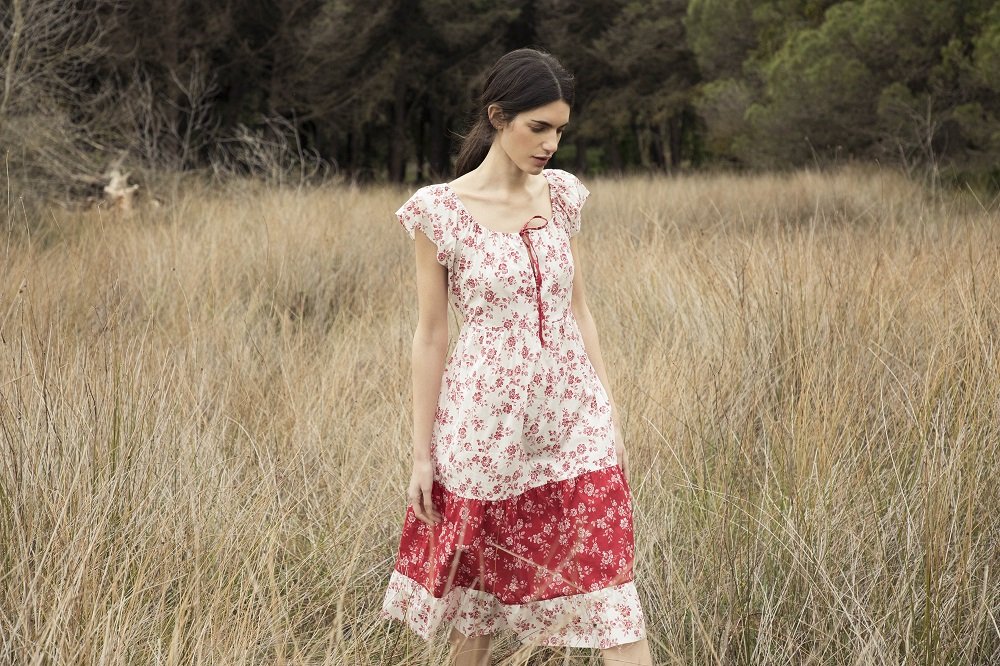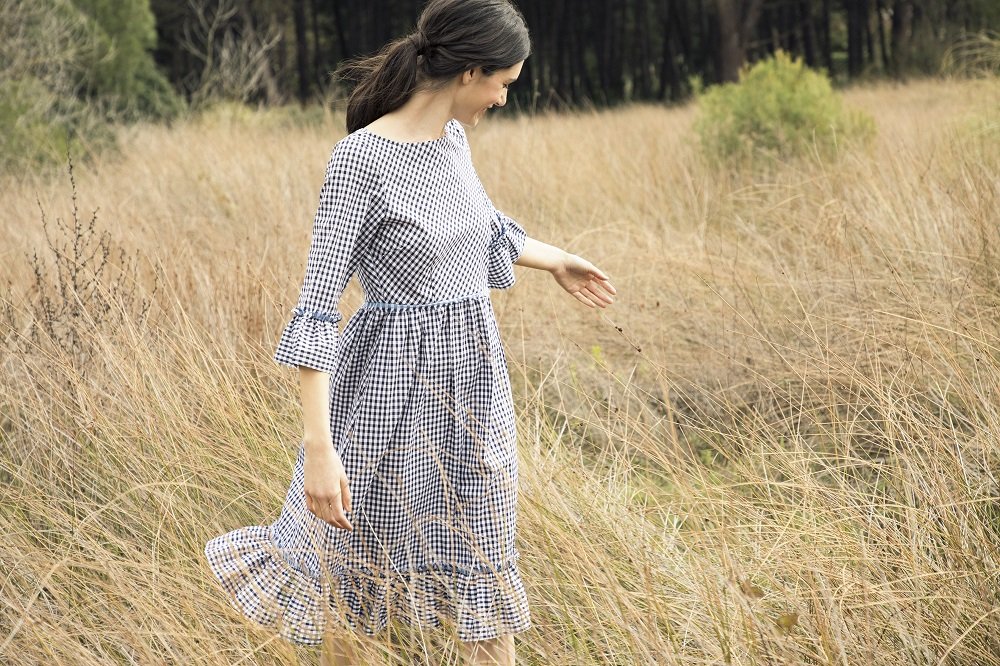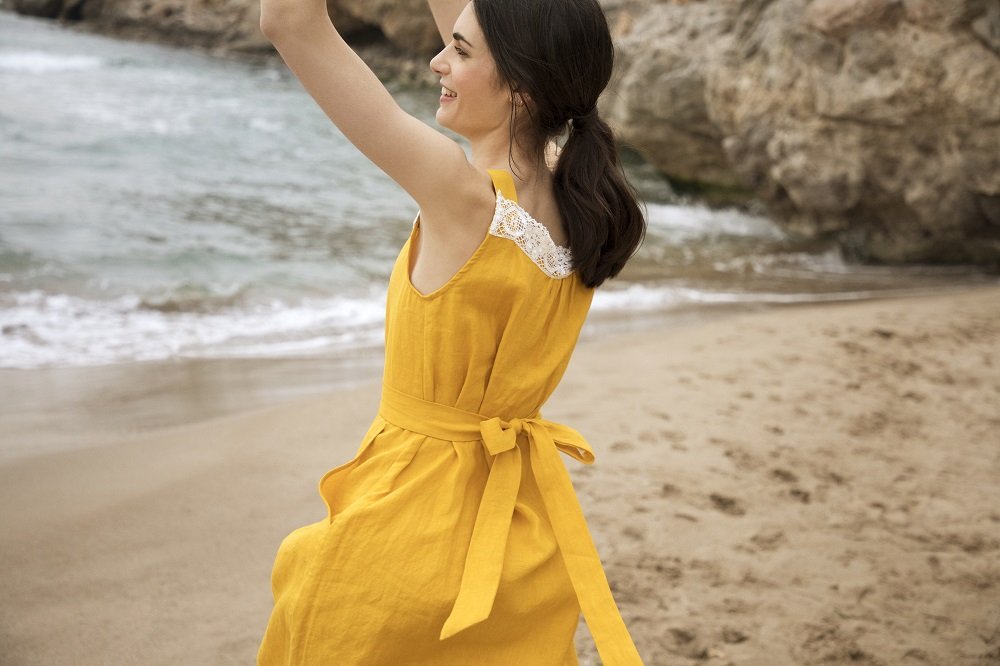Find out why Justine turned her back on corporate life to launch her eponymous label. What were the challenges? and what tips would she give others planning to do the same?

Can you tell us a bit about your professional background prior to launching your own brand?
I went through the British design school system, first studying fashion and textiles at Leicester Polytechnic and then an MA in fashion at the Royal College of Art.
After leaving college in the 1980’s I worked in Italy for Fendi. I then wanted to come back to the UK, and found myself in the midst of the British high street designing lingerie for M&S, then on to Jigsaw and Laura Ashley. I then got a job as the first ever designer for Boden. After that I joined LK Bennett, where I started the first in-house womenswear range and after 7 years there I went back to Boden and became their creative director.
What gave you the inspiration to take the leap from working for a company to starting your own brand?
When I turned 50 I realised that working for big companies I was becoming less involved with the creative side and the design, which is my main love. It got to the stage where I thought ‘it’s now or never’, so I took the leap.

Why did you decide to manufacture the collection in the UK?
All the companies that I have worked for, except Fendi, have a strong British heritage, and I am naturally attracted to that. I had worked on the British Icons collection for Boden, which sadly never got made in the UK, and whilst researching manufacturers for it I found that we still have some strong manufacturing here. I also wanted to put back into the industry. For me, it feels important that I am supporting something that has helped me throughout my career.
You sought advice from Kate (founder of Make it British) in the early days to help get your brand off the ground. How did you find her and how did she help you?
I Googled manufacturing in Britain and found Kate! I made an enquiry via the website and we got chatting and then I realised that we had both worked at M&S at a similar time. I used the contacts that she gave me to make my first samples and production orders.
Setting up my own brand has been so different to working for the big companies. One of the biggest differences has been placing orders for just a few pieces rather than hundreds. And doing the whole thing yourself – it’s been like starting from scratch as you can’t use the contact book that you originally had. I feel like I have just come out of college again. It is much more like when I worked for Fendi, which was making very small order quantities when I was there. Working closely with pattern cutters and sample makers it feels like I have come full circle.

What hurdles have faced since launching the business?
I never realised how hard launching a brand was going to be. Not making a profit for the first 2 or 3 years is hard. It’s a 7 day a week job – and you can’t afford staff! You find yourself multi-tasking doing things like social media or adding things to the website. Actually finding the time to design takes real determination.
What would be your top tips for another start-up brand that wants to make in the UK?
As a small company it’s important to work within the parameters of what we can make in the UK.
[clickToTweet tweet=”‘As a small company it’s important to work within the parameters of what we can make in the UK’ ” quote=”‘As a small company it’s important to work within the parameters of what we can make in the UK’ ” theme=”style3″]
That means designing really simple shapes and making the most of the fabric. This also helps with the cost.
You need to be realistic about your price points and work within the factory’s limitations. I see a lot of designers that don’t have the realisation of what everything costs to make in the UK, and who don’t bear in mind that a good factory needs to pay the minimum wage.
As a designer it is easy to get distracted, and think ‘I could do this, this or this’, but you need to keep really focused on what you set out to do in the first place. My advice would be to not try and do everything. Use your talents well and find someone else to do the rest. For instance, if you’re not good at tech then find someone that can help you.

How has social media helped your business?
I find that Instagram is the best platform for me because it is so visual. I have started to write more content on each post, and having more of a conversation about the product, and people are engaging a lot more with that. I’m picking up sales because of this too.
For a start-up brand you have received a lot of press coverage. What is your secret to getting the attention of the press?
Persistence!!!! Whilst I had a list of press contacts from working at Boden and LK Bennett, when you are only making 10 pieces of something they aren’t really interested.
You have to remember that the press are busy people and they don’t have the time to research a small brand so you need to give them something on a plate. Something that you have really thought about and that reflects your brand. So I wrote the story for them, and spent some money on getting some lovely images taken, rather than just studio shots.
One bit of advice I always give to other designers is to not try not to compete with the big guys. Don’t make your press pack look too corporate. As I work from my kitchen table my press pack reflects that – I send a handwritten letter, wrapping it in string, and putting it in a stripy envelope to make it stand out, and also reflect the brand.
In this digital world you can get 100 emails a day but something through the post is really special and stands out from the crowd.

Where can people find you?
We are currently running a pop-up shop, which will become permanent soon. Increasingly I am becoming more passionate about helping other people who are going through the same journey. So there are three of us working together and we are also giving space to other designers. Mostly made in Britain, but not exclusively; the rule is that you have to have met the makers personally.
If you are selling product with a story and a price tag attached to it then it is important that the customers can feel it and try it on. The shop somehow makes it more ‘real life’ and I am getting much better sales from being out there.
The shop is at 99 Essex Road N1, Islington, London.
Find Justine Tabak in the Make it British directory here, or on her own website and Instagram.
Justine was one of the speakers at our Make it British Forum. You can see the talk that she gave below. It’s full of loads more great tips from her about how to start a womenswear brand made in the UK.
[convertplayer id=”lLmelB12o” width=”700″ height=”394″]
